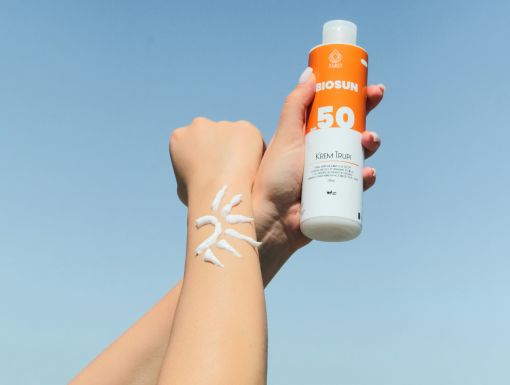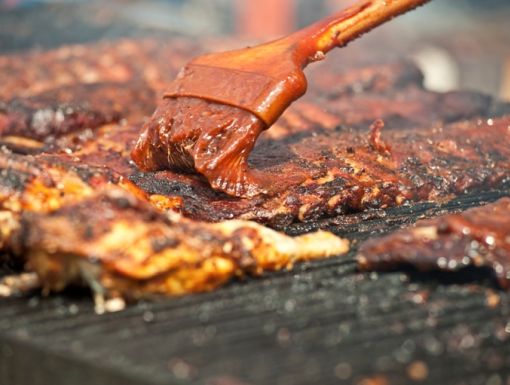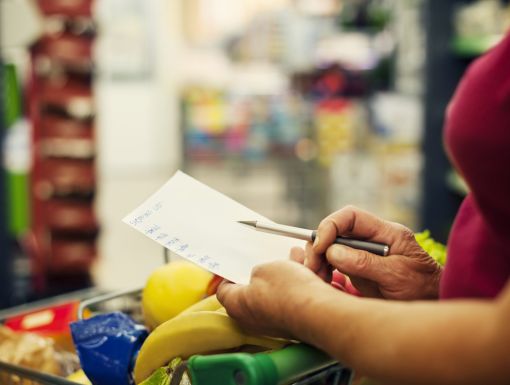
The 3 Best and Worst Food Storage Containers to Use in 2023
With many of us going on picnics or hosting outdoor barbecues this summer, having a convenient way to transport all those tasty sides and desserts is key to keeping your gatherings hassle-free and fun. However, if health safety concerns regarding plastics may be preventing you from using portable containers for your food or drink, keep in mind that there are some options out there that are better for you than others. We take a look at the best – and worst – food storage containers out there.
To schedule a nutrition consult, whether virtually or in-person, contact us at nutrition@ochsner.org or call us at 985-898-7050.
Many plastic bottles and containers contain bisphenol A (BPA), a chemical linked to health issues like reproductive abnormalities, obesity and insulin resistance. Plus, some are less eco-friendly as they’re more difficult to recycle.
LOVE IT!
- Reusable glass, ceramic and Nalgene-style bottles. Instead of single-use plastics, consider reusable containers when possible. You’ll help reduce the amount of waste produced, so it’s better for the environment as well as your health.
LIKE IT!
- Plastics with numbers 1, 2, 4 and 5 (just check the bottom for the recycling numbers). These are considered safer and eco-friendlier, as they are reportedly free of BPA and other toxins. Plus, they’re all recyclable.
HATE IT!
- Styrofoam and plastics with the numbers 3, 6 and 7: Steer clear of these since they contain potentially harmful chemicals and are the most difficult to recycle. Fortunately, they’re not common in reusable plastic containers; they’re mostly used in products like deli sliced meats, Lunchables, etc.



